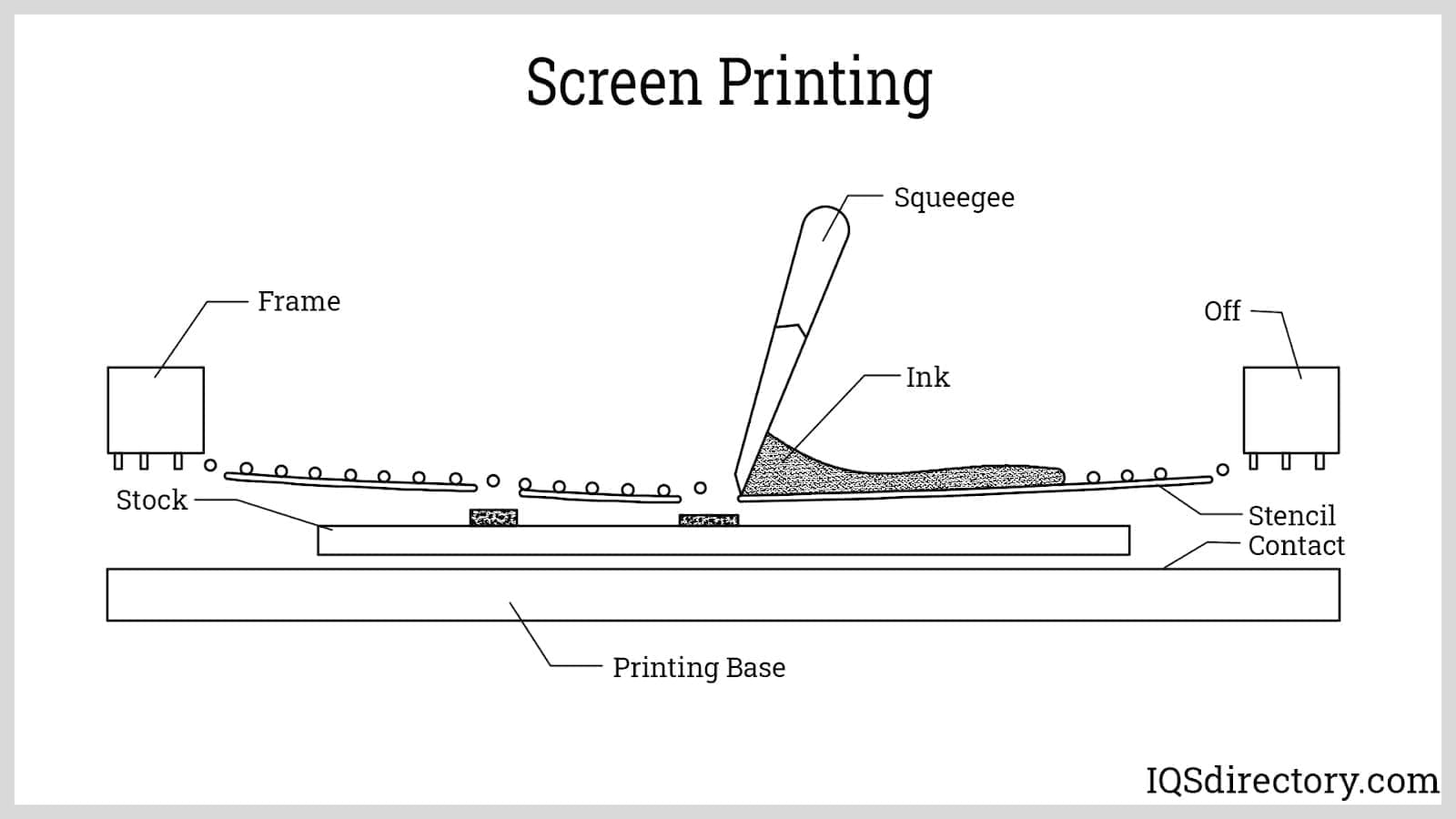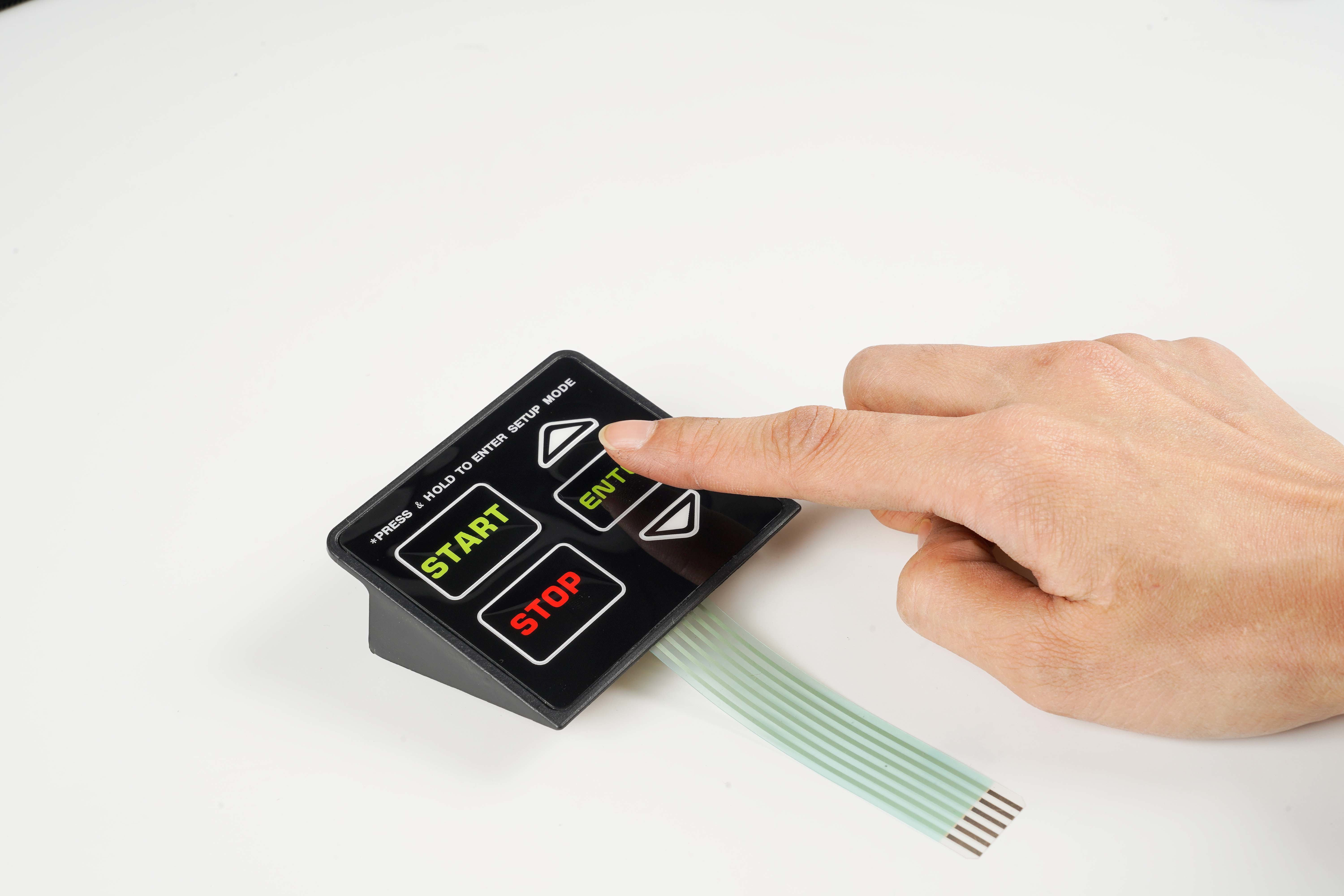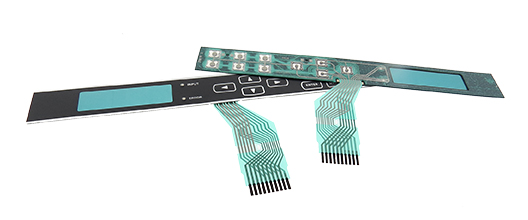The Production Process Behind Membrane Layer Change: What You Need to Know
The production process behind membrane layer switches over combines cautious design, product selection, and top quality control. It begins with understanding the ins and outs of membrane button design and proceeds with numerous stages, consisting of material selections and printing techniques. Each stage plays a vital role in making certain functionality and longevity. Nevertheless, the intricacies of layer building and the strenuous testing requirements may expose understandings that are not instantly noticeable. What exists past these foundational aspects?
Recognizing Membrane Switch Style
Membrane switches may show up straightforward at initial glance, their design includes complex factors to consider that assure functionality and sturdiness. The style procedure starts with a detailed understanding of user requirements, including the interface's intended application and environmental elements. Functional designs is a crucial aspect, as the design needs to promote convenience of usage while making certain that responsive feedback fulfills customer expectations.Moreover, the layering of parts, such as visuals overlays, glue layers, and conductive traces, have to be specifically crafted. membrane switch. This layered configuration not just influences the switch's responsiveness but additionally influences its durability. Interest is offered to the sealing techniques used to shield versus wetness and dust, which can endanger efficiency. Furthermore, design factors to consider include appearances, where shade plans and visual quality boost individual experience. Ultimately, the layout of membrane changes equilibriums capability, customer experience, and sturdiness, making sure that they fulfill the needs of different applications successfully
Products Made Use Of in Membrane Switch Production
When selecting materials for membrane layer switch production, it is important to contemplate both efficiency and sturdiness. The primary materials include polyester and polycarbonate movies, which offer adaptability and stamina. These movies are commonly coated with sticky to guarantee correct bonding to substrates. Conductive inks, commonly composed of silver or carbon, are essential for producing electrical connections within the button, permitting reliable operation.Additionally, a protective layer, such as a tough layer, is regularly applied to boost scratch resistance and durability. The option of backing material, such as acrylic or foam, can considerably impact the button's tactile feeling and general individual experience. Different ecological elements, consisting of temperature level and moisture, ought to assist product selection to guarantee peak performance in particular applications. Ultimately, the best combination of materials adds to the membrane switch's performance and life-span, making notified options essential for makers.
The Printing Refine: Creating Video and Text
The printing procedure in membrane layer button production plays a significant role in producing premium graphics and message. Different visuals style methods are used to assure aesthetic charm and performance, while cautious ink choice techniques are necessary for longevity and efficiency. Recognizing these components is basic for attaining best cause membrane button layout.
Graphic Layout Techniques
Graphic style techniques play a vital role in the printing procedure of membrane layer switches, as they specify exactly how graphics and text will eventually appear on the last product. Effective visuals style involves the critical usage of typefaces, colors, and layouts to enhance readability and aesthetic appeal. Developers typically make use of vector graphics for scalability, making sure that pictures remain sharp at various sizes. Additionally, focus to comparison and positioning is important, as it affects user interaction and visual quality. The incorporation of branding aspects, such as logos, need to be taken care of with like keep brand name stability. In general, thoughtful graphic design strategies contribute substantially to the performance and good looks of membrane layer switches, affecting user experience and item performance.
Ink Choice Techniques
Picking the appropriate ink is important for achieving the preferred aesthetic high quality and toughness in membrane button manufacturing. Different ink kinds are utilized, consisting of solvent-based, water-based, and UV-curable inks. Each type offers distinctive attributes, such as bond, adaptability, and resistance to environmental variables. Solvent-based inks are frequently favored for their toughness and vivid shades, while water-based inks are extra environmentally friendly but may have limitations in adhesion. UV-curable inks offer rapid curing and robust performance. Additionally, color matching techniques assure that the picked inks straighten with layout requirements. Eventually, the option of ink need to think about elements such as application technique, substrate compatibility, and end-use requirements to attain premium cause membrane layer switch graphics and text.
Layer Construction and Assembly

Product Option Refine
A careful selection of materials is necessary in the production procedure of membrane layer buttons, as it directly influences functionality and sturdiness. The main products made use of consist of polyester, polycarbonate, and numerous conductive inks. Polyester is often favored for its excellent resistance to chemicals and abrasion, making it suitable for severe atmospheres. Polycarbonate, on the other hand, offers remarkable clearness and effect resistance, which is helpful for applications calling for presence and effectiveness. Conductive inks, commonly made up of silver or carbon, are crucial for developing trustworthy electric pathways. Additionally, the choice of adhesive products influences the total stability of the switch - membrane switch. Assessing elements such as environmental direct exposure, responsive comments, and aesthetic requirements overviews suppliers in choosing the very best materials for their specific applications
Layer Attachment Strategies
Adhering layers in membrane button building is an important process that assures performance and longevity. Various attachment methods are employed to safeguard suitable bonding in between layers, which commonly consist of using adhesives, heat, and stress. Pressure-sensitive adhesives (PSAs) are typically utilized for their simplicity of application and immediate bonding capacities. Furthermore, thermal bonding techniques can be applied, where warm is made use of to turn on glue properties, safeguarding a strong bond. The option of attachment technique mostly depends on the products involved and the details application requirements of the membrane layer button. Correct placement and uniform application of adhesives are necessary to prevent defects, protecting the button runs efficiently throughout its desired life-span.
Quality Assurance Procedures
Assuring quality assurance during the layer building and setting up of membrane layer switches is important for preserving efficiency and integrity. This procedure usually involves numerous important steps, consisting of detailed examinations at each phase of manufacturing. Producers make use of innovative screening approaches, such see this site as peel tests and attachment assessments, to confirm the stability of layer bonds. In addition, visual assessments are performed to identify any problems in printing or product incongruities. Ecological problems, such as temperature level and moisture, are carefully monitored to guarantee optimal treating and bond. In addition, normal calibration of tools aids keep specific production criteria. By executing these high quality control measures, manufacturers can greatly reduce the risk of item failing, ensuring that the final membrane switches fulfill the called for specs and client expectations.
Testing and Quality Assurance Procedures

Advancements in Membrane Switch Technology
As innovations in innovation continue to evolve, membrane layer buttons are gaining from cutting-edge advancements that enhance their functionality and customer experience. One significant development is the integration of capacitive touch modern technology, which enables for more instinctive and receptive interface. This change not only boosts appearances however also lowers mechanical deterioration, expanding the life expectancy of the switches.Additionally, advancements in visuals overlay materials have led to enhanced resilience and resistance to ecological factors such as dampness and UV light. These materials now offer improved quality and brightness, more elevating the visual appeal.Furthermore, the unification of smart modern technology is transforming membrane switches over into interactive control panels, making it possible for connectivity visit this page with IoT gadgets. This connection fosters a smooth individual experience, paving the way for applications in various industries, from medical care to customer electronics. Jointly, these advancements placement membrane switches as critical parts in contemporary device layout.
Frequently Asked Inquiries
How much time Does the Membrane Switch Production Refine Take?
The period of the membrane switch manufacturing procedure can differ substantially. Factors such as complexity, materials utilized, and manufacturing quantity impact timelines, with regular production ranging from a few days to several weeks for completion.
What Are the Common Applications for Membrane Switches?
Membrane switches are typically used in different markets, consisting of vehicle controls, family devices, clinical gadgets, and customer electronic devices (membrane switch). Their adaptability and longevity make them ideal for applications requiring user-friendly user interfaces and reliable efficiency in varied settings
Can Membrane Layer Changes Be Personalized for Particular Needs?

What Is the Lifespan of a Normal Membrane Layer Switch?
The lifespan of a normal membrane layer button differs, but generally, it ranges from 1 to 5 million cycles. Aspects such as use, setting, and worldly top quality greatly influence sturdiness and general efficiency gradually.

Are Membrane Switches Eco-friendly?
The ecological kindness of membrane changes varies. Some materials made use of might not be recyclable, while others can be green. The total effect depends upon producing products and methods, requiring careful factor to consider throughout choice and disposal. The manufacturing process behind membrane switches combines mindful style, material selection, and top quality control. It starts with comprehending the complexities of membrane layer button design and progresses via different stages, consisting of material choices and printing techniques. When picking materials for membrane layer button manufacturing, it is essential to ponder both performance and durability. A mindful selection of products is vital in the manufacturing procedure of membrane buttons, as it directly affects functionality and longevity. The option of attachment technique largely depends on the products involved and the certain application requirements of the membrane layer button.